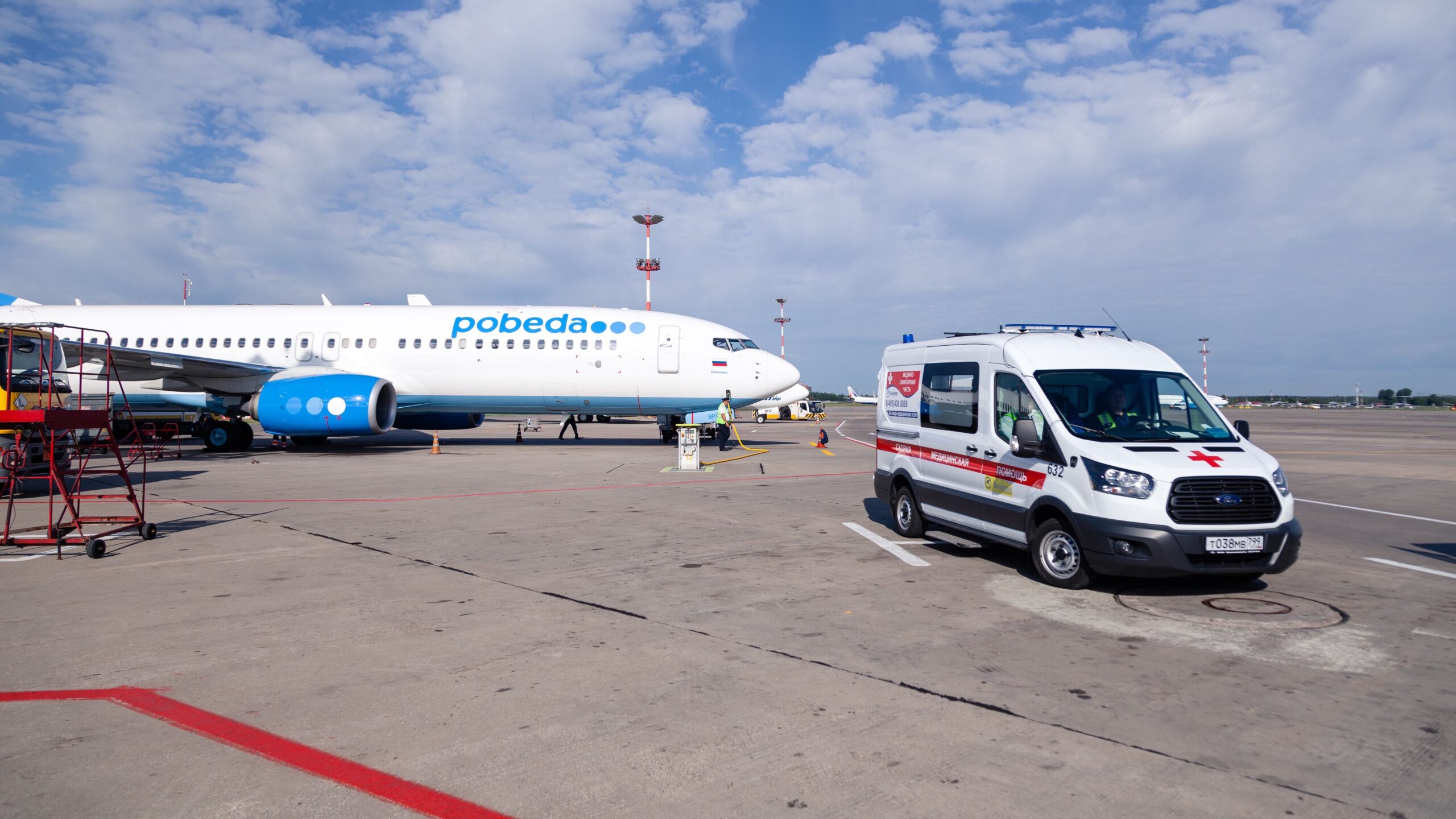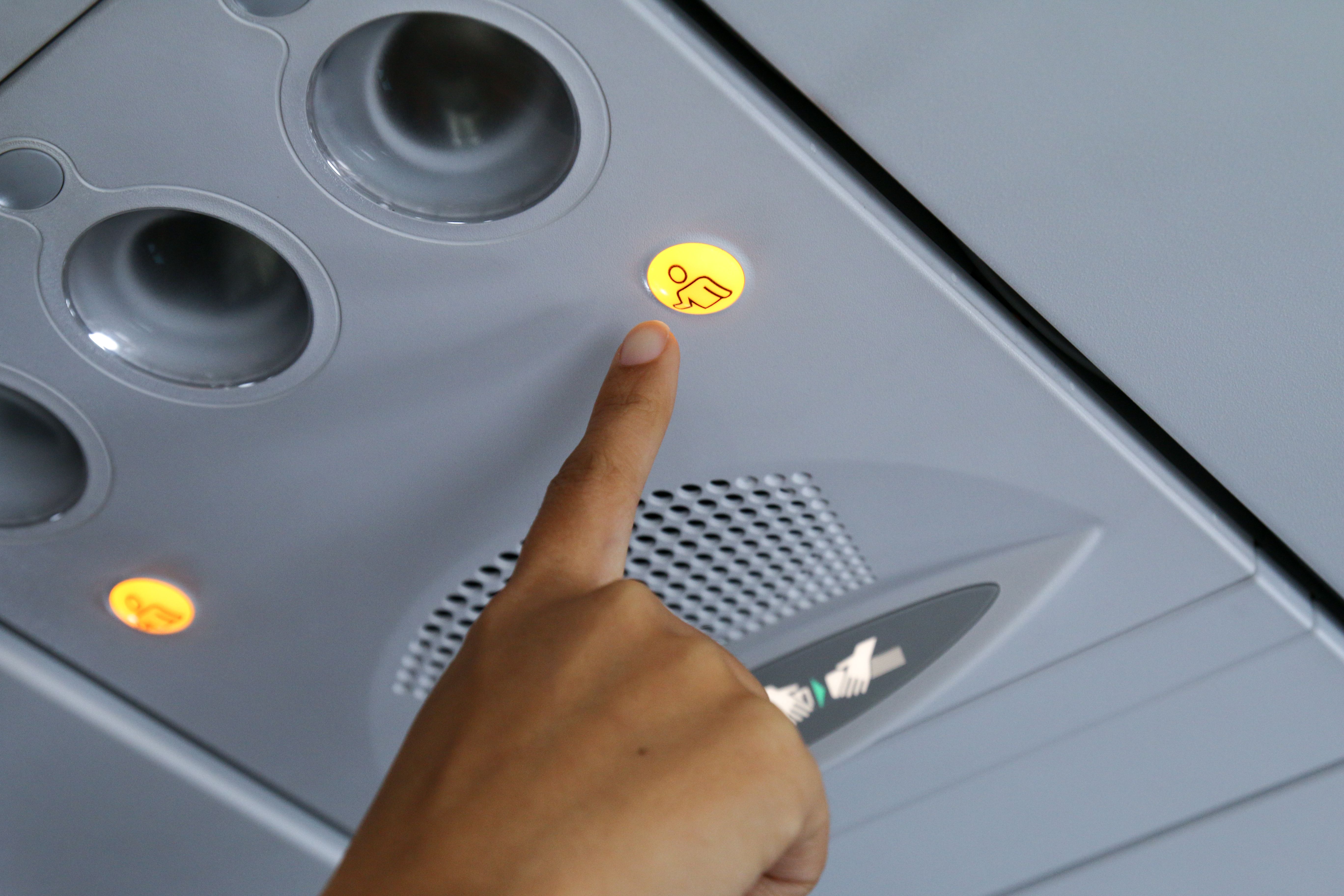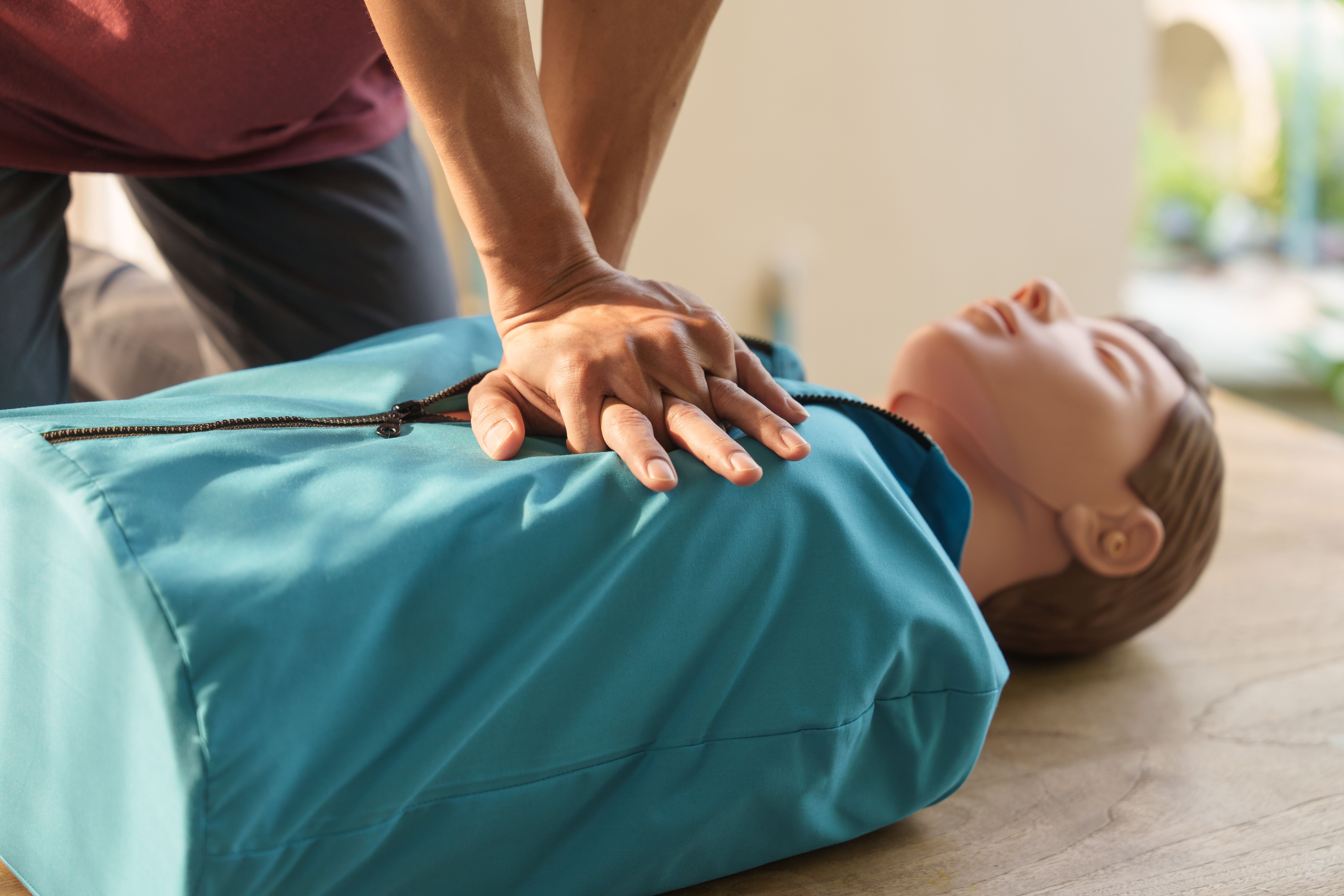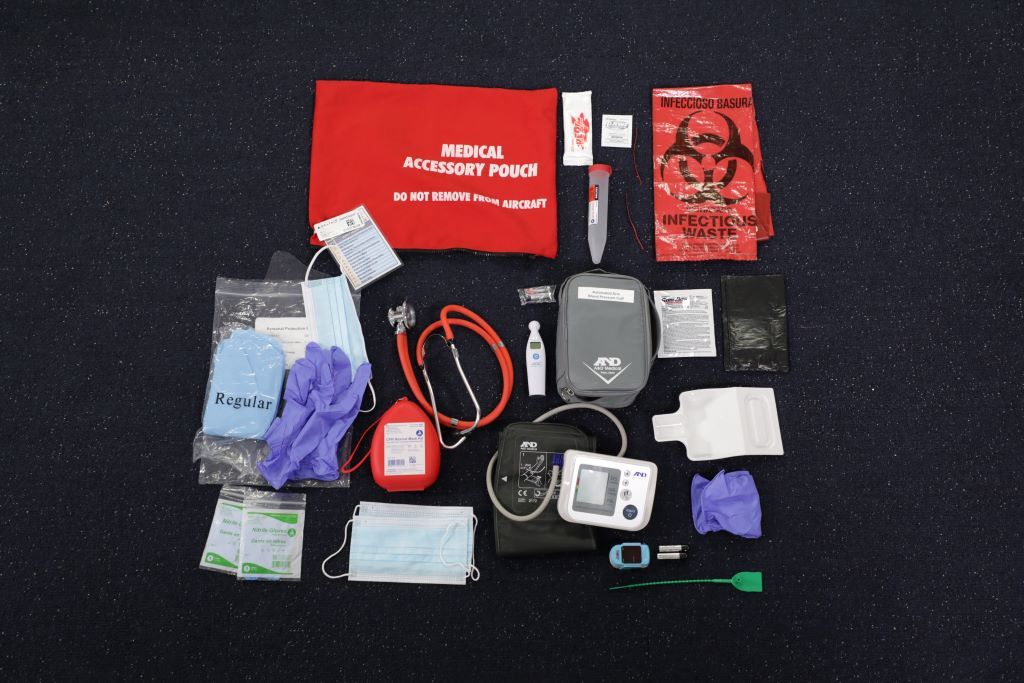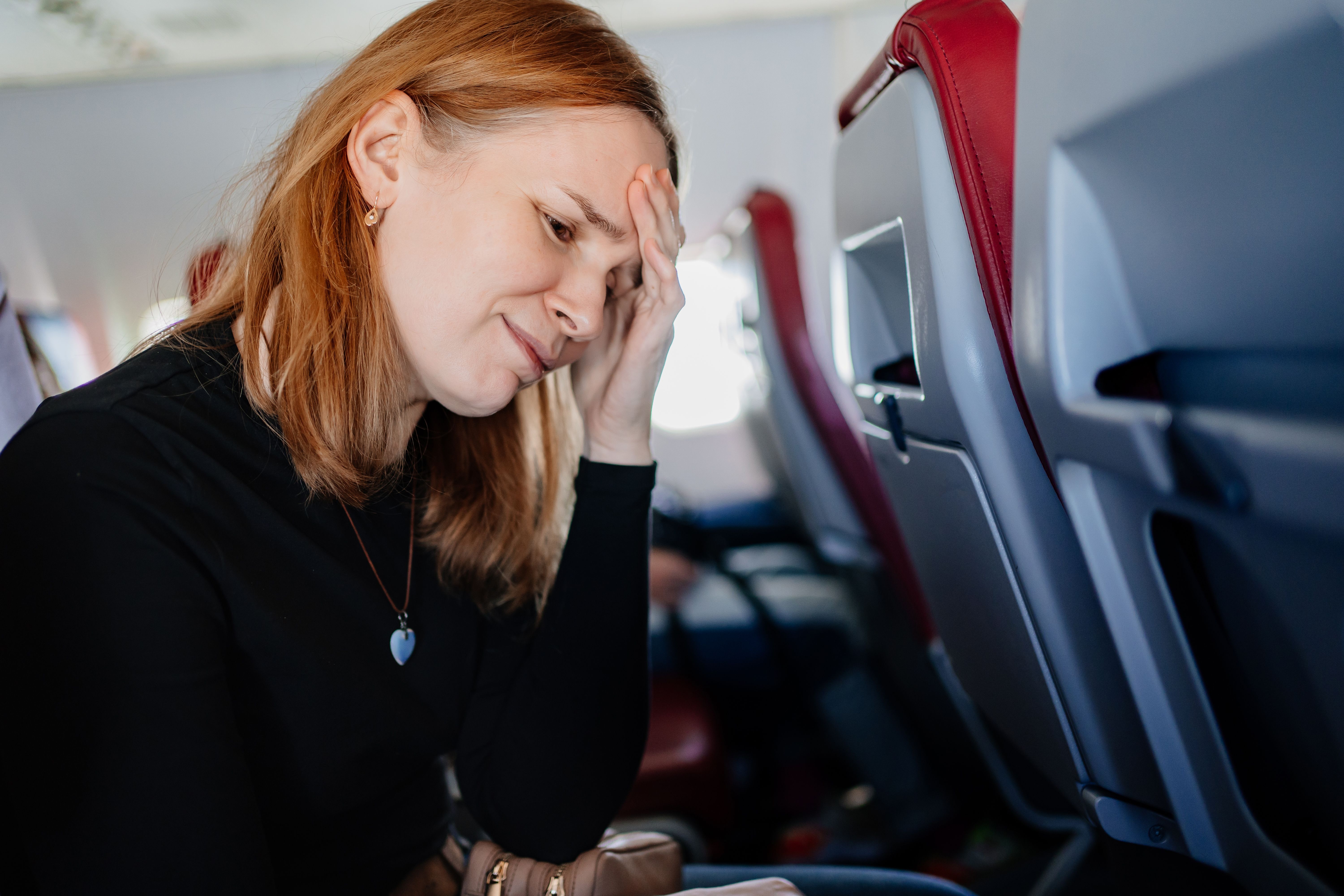“If a doctor is onboard, please press your flight attendant call button.”
If you’ve ever heard this during a flight, you likely hoped the passenger in need was okay. However, it might have made you curious about what would happen if the situation with your fellow passenger worsened.
Photo: KYTan | Shutterstock
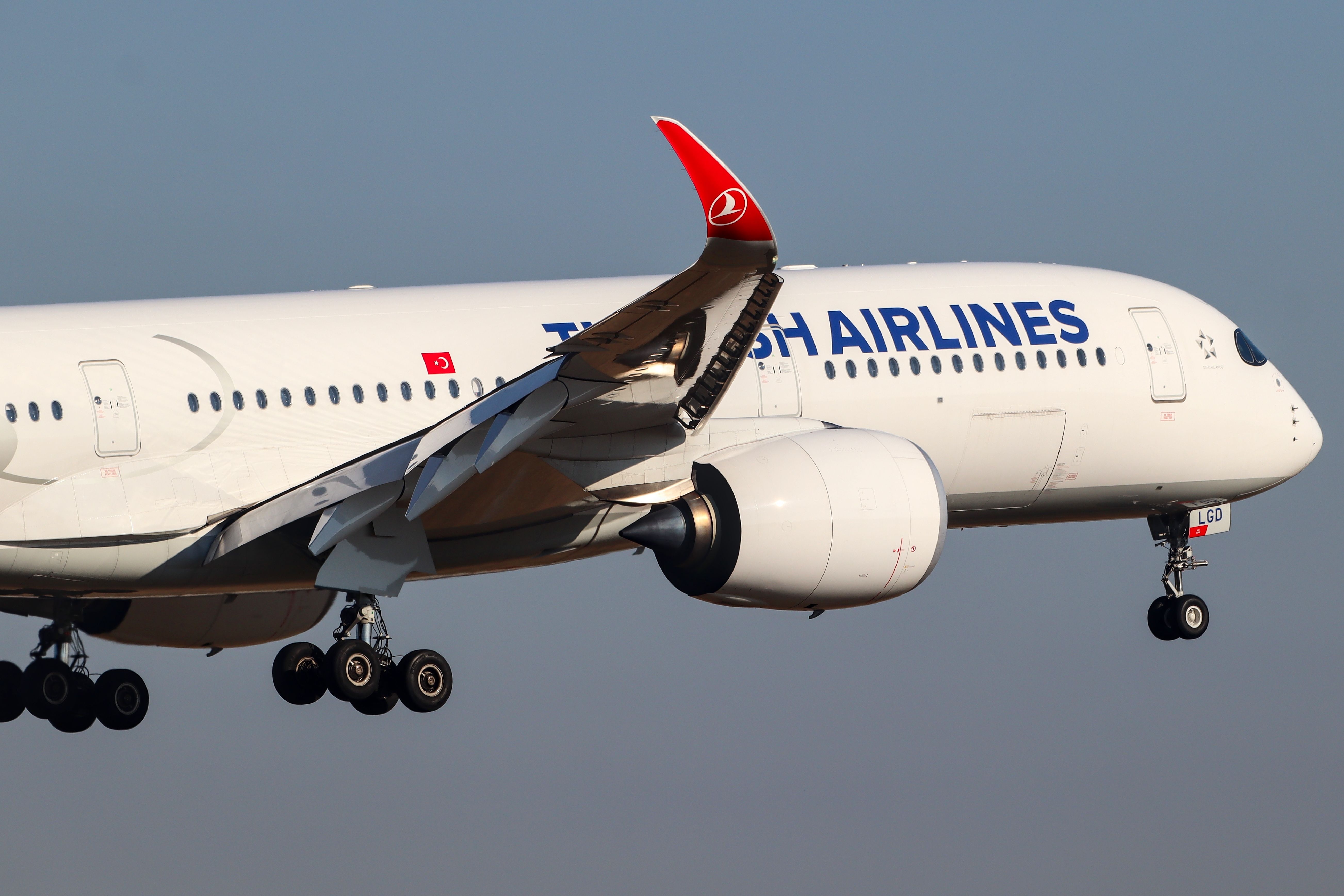
Related
Death Of Turkish Airlines Pilot On Airbus A350 Flight From Seattle To Istanbul Leads To Emergency Landing At New York JFK
The Airbus A350-900 was overflying Northern Canada when the pilots decided to divert to New York.
IATA’s guidelines for a medical emergency onboard
Experiencing a fatality onboard might be the ultimate fear for flight crews, but they are trained for such scenarios. IATA provides guidelines in case of medical emergencies and deaths onboard. Crews are to perform cardiopulmonary resuscitation (CPR) until one of the following occurs:
- Breathing and circulation resume.
- It is too difficult to continue CPR in cases of moderate or severe turbulence.
- All rescuers are too exhausted to continue CPR.
- The aircraft has landed, and care is transferred to emergency medical services.
If CPR has been performed for over 30 minutes without any signs of life, and they are unable to use the onboard automated external defibrillators (AED) to administer shocks, the person can be presumed dead, and efforts to resuscitate them can be halted. Airlines may handle cases differently depending on the medical support from the ground or whether a doctor is present on the plane.
Photo: Jo Theera | Shutterstock
The flight crew must immediately alert the captain when a person has been declared or presumed dead. They must then notify the destination airport using company protocol to ensure the proper authorities meet the flight.
If available, seat the person in a seat away from other passengers. The crew must take extra care when moving the person and be aware of the difficulty of the situation for companions and onlookers. It’s also important for the crew to get contact information from the passenger’s travel companions or the emergency contacts listed by the airline. While an emergency landing might seem necessary, the IATA states,
“Disembark other passengers first and make sure the family members stay with the body. Do not disembark the body until the proper local authority has arrived to take care of the body and that the ground personnel is available to assist the family members.”
The International Air Transport Association, IATA, is the trade association for the world’s airlines, representing over 80% of global air traffic. It supports many areas of aviation and helps formulate industry policy on critical aviation issues.
FAA guidelines for death onboard a flight
“Under US laws, Good Samaritan laws offer protections for actions brought in a federal or state court that result from acts or omissions when people assist in a medical emergency during flight, unless there is gross negligence or willful misconduct.”
IATA and the FAA have similar guidelines stating that if CPR is performed in an aircraft cabin for 30 minutes or longer with no signs of life and no shocks advised by an AED, the person can be presumed dead and resuscitation efforts halted. In these cases, the body should be secured and covered for the remainder of the flight.
Photo: M Isolation photo | Shutterstock
Flight crew medical training
In anticipation of such emergencies, most airlines have comprehensive policies requiring flight crew members to receive training in several critical areas of emergency medical response. The US FAA requires that US flight attendants receive training in CPR and the proper use of an AED every two years. They are taught basic first aid techniques, which can be vital in addressing various medical issues that could arise mid-flight.
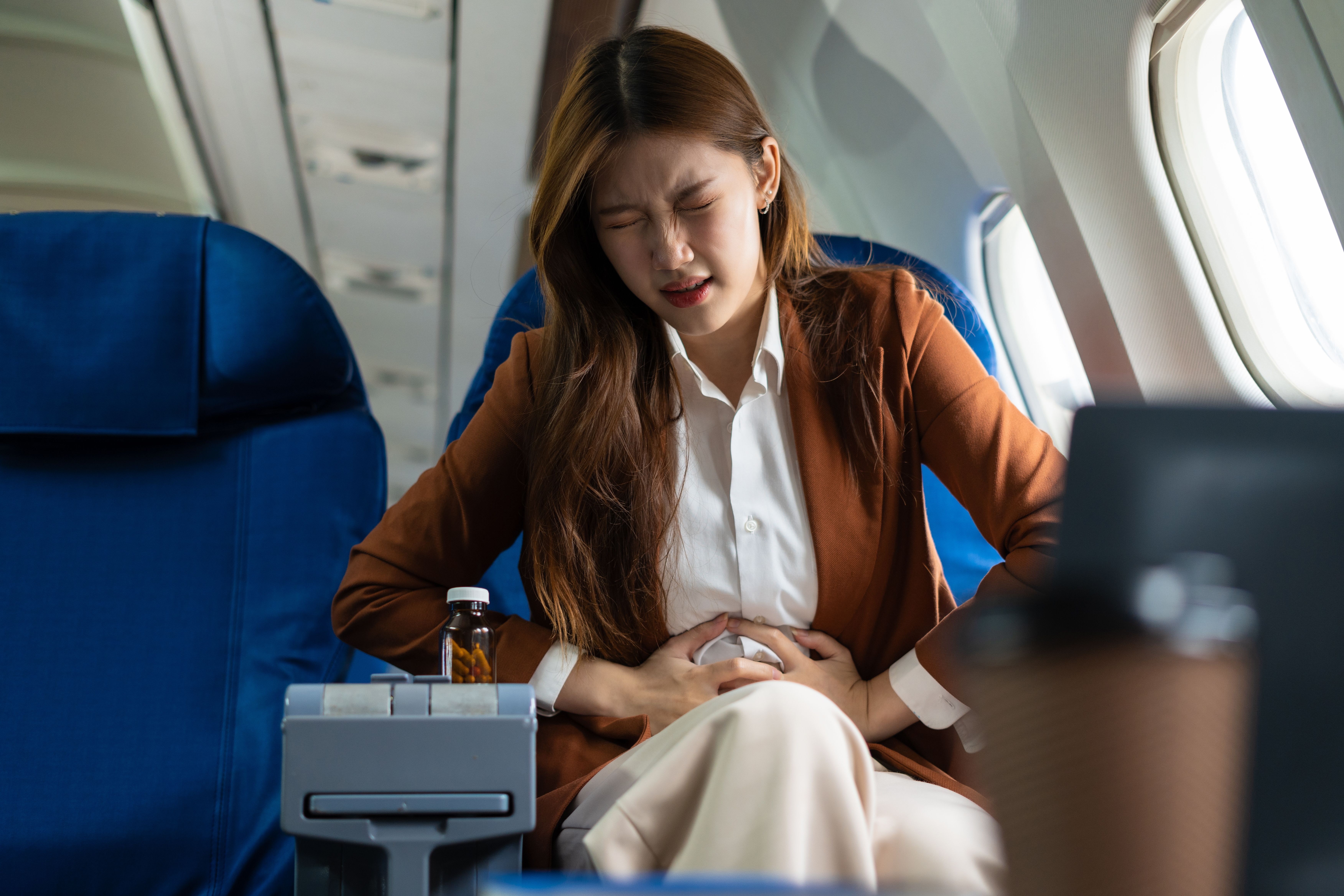
Related
How Medical Emergencies On Flights Are Handled: 5 Things You Should Know
The AMAA, a physician’s conscience, and airline policies all dictate how medical emergencies are handled.
They are trained in CPR, a lifesaving skill that can make a significant difference in survival rates during cardiac emergencies. Furthermore, they are trained to use AEDs. AEDs are crucial for providing immediate treatment for sudden cardiac arrests, significantly improving the chances of survival when used promptly and correctly.
The FAA mandates that medical supplies be available onboard US carrier aircraft flying domestically or internationally. US carrier aircraft with one or more flight attendants must have a US Food and Drug Administration–approved AED, one or more first aid kits, and an emergency medical kit in the passenger cabin.
Photo: Delta Air Lines
The emergency medical kit includes medications and equipment required during a cardiac or pulmonary event, including a blood pressure cuff, stethoscope, cardiopulmonary resuscitation mask, oropharyngeal airways, and a manual resuscitation device.
|
Number of emergency medical kits needed onboard |
Number of seats |
|
One emergency medical kit |
0–50 seats |
|
Two emergency medical kits |
51–150 seats |
|
Three emergency medical kits |
151–250 seats |
|
Four emergency medical kits |
250 or more seats |
With training, the flight crew is well-equipped to provide initial care in a medical emergency. Even when a doctor or medical professional is present, having crew members trained in these essential skills ensures immediate support until the plane can land, and the passenger can access full medical attention.
Flying with medical conditions
Flying is often the quickest and easiest way to travel, but it’s not always possible for people with specific health issues. Before booking a flight, check if your health condition allows you to fly safely.
Airlines restrict and prevent individuals with specific medical conditions from flying to mitigate potential safety risks, ensuring the well-being and security of passengers and crew members onboard. These precautions are to maintain a safe flying environment, as certain conditions may be exacerbated under the unique pressures and circumstances encountered during air travel.
Photo: Andrey Sayfutdinov | Shutterstock
According to REVA Air Ambulance, passengers with the following medical conditions should avoid flying:
- Infectious diseases
- Pregnancy
- Heart complications
- A recent heart attack
- A recent stroke
- Respiratory diseases
- Deep vein thrombosis
- Unstable mental health problems

